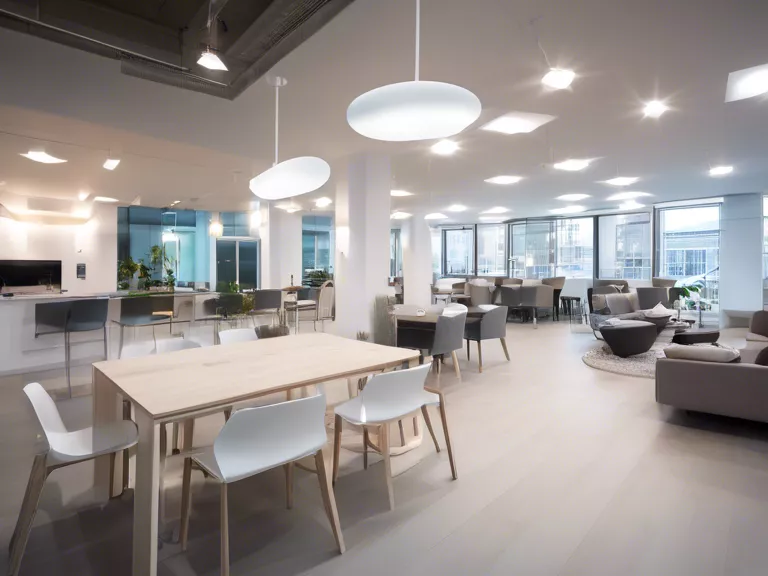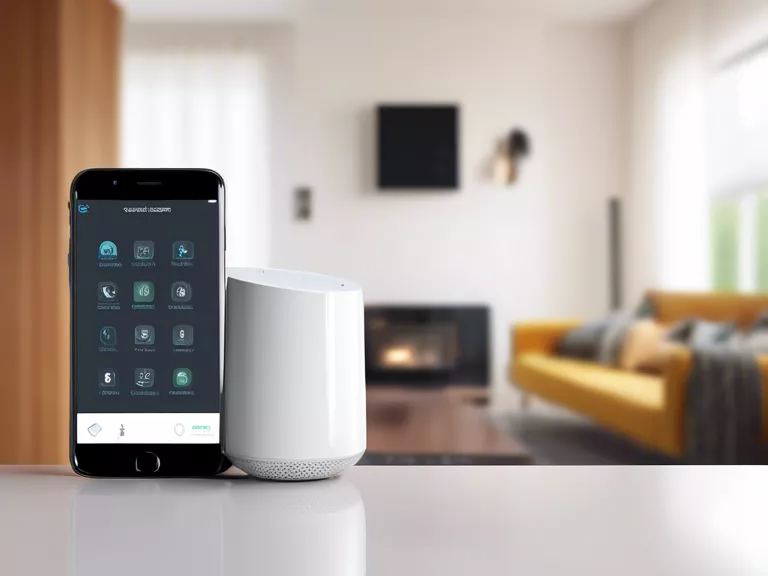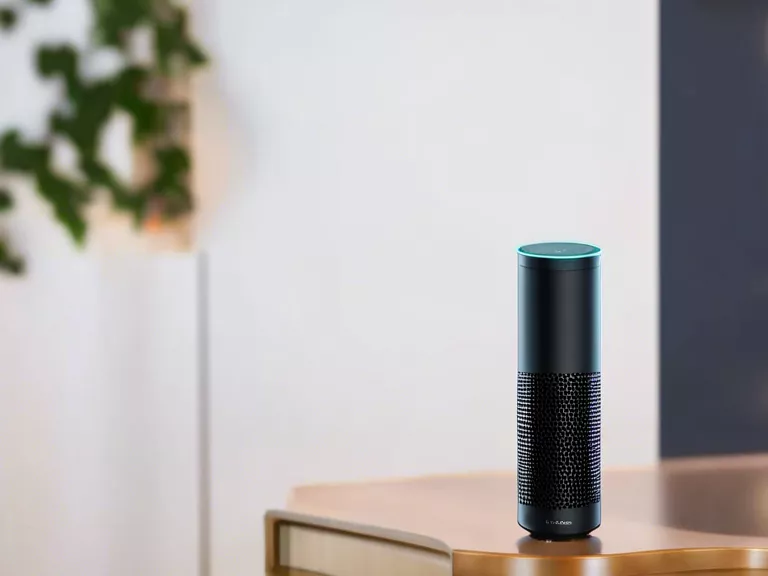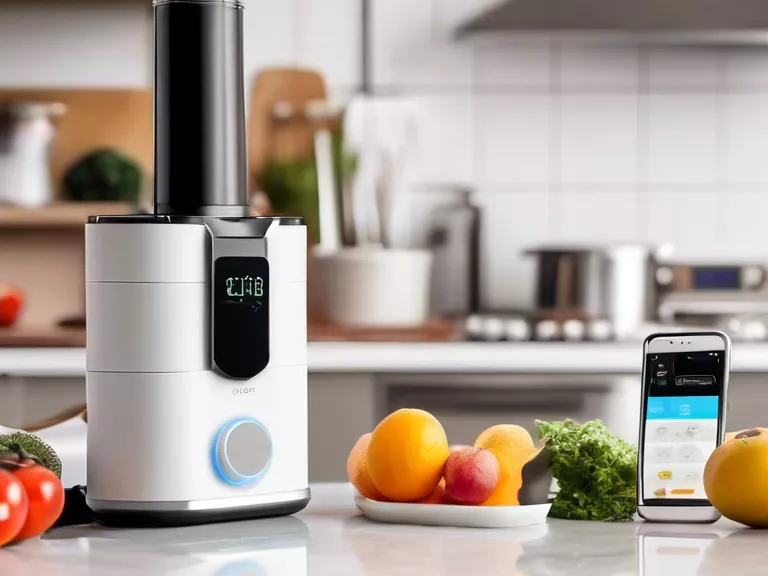
In today's world where sustainability and energy efficiency are essential, integrating smart lighting systems can provide significant benefits. Smart lighting systems allow users to control lighting remotely and adjust settings to maximize energy savings. By implementing these systems, businesses and homeowners can decrease their energy consumption and lower their utility bills while also contributing to a more sustainable environment.
One of the key features of smart lighting systems is the ability to schedule lighting based on occupancy or time of day. By automating when lights turn on and off, users can ensure that lights are only used when needed, reducing unnecessary energy consumption. Additionally, smart lighting systems can be programmed to dim lights during peak hours or adjust brightness levels based on natural light entering the space. These features not only save energy but also create a more comfortable and productive environment for occupants.
Another energy-saving solution offered by smart lighting systems is the ability to monitor energy usage and identify areas for improvement. By tracking energy consumption and analyzing usage patterns, users can pinpoint areas where energy is being wasted and make adjustments to optimize efficiency. Additionally, smart lighting systems can provide real-time data on energy usage, allowing users to make informed decisions about how to reduce their energy footprint.
Furthermore, smart lighting systems can be integrated with other smart home devices, such as thermostats and sensors, to create a comprehensive energy management system. By creating a connected ecosystem, users can leverage data from multiple sources to further enhance energy efficiency and reduce costs. For example, smart lighting systems can work in conjunction with occupancy sensors to automatically turn off lights when a room is unoccupied, further decreasing energy usage.
In conclusion, integrating smart lighting systems for energy-saving solutions is a smart investment for businesses and homeowners looking to reduce their energy consumption and lower their utility bills. By taking advantage of the advanced features offered by smart lighting systems, users can create a more sustainable and efficient environment while also enjoying the convenience and comfort of automated lighting control.



